Red light therapy has a certain auxiliary therapeutic effect on acne, especially for inflammatory acne (such as red and swollen papules and pustules). Its mechanism of action is mainly to penetrate the skin through light of a specific wavelength (630-700nm), inhibit inflammatory response, reduce sebum secretion, and promote tissue repair.
However, red light has limited effect on non-inflammatory acne (such as blackheads and whiteheads), and needs to be combined with keratin dissolving drugs such as retinoic acid. There are fewer side effects of treatment, and temporary dryness or redness may occur, so moisturizing and sun protection are required.
Red light therapy can be used as a drug substitute or supplement, but it needs to be selected based on individual conditions. It takes long-term persistence (8-12 weeks) to be effective. In general, its efficacy is affected by wavelength, energy and treatment frequency. It is recommended to develop a personalized plan under the guidance of a doctor and combine it with other therapies to improve the effect.Read more:how long does red light therapy take to work

What Is Red Light Therapy?
Red light therapy is a non-invasive treatment technology that uses red light of a specific wavelength (usually in the range of 630-700 nanometers) to irradiate the skin. This therapy originated from the study of plant photosynthesis, and scientists have found that certain wavelengths of light can stimulate cell activity.
When applied to human skin, these red lights penetrate the epidermis and are absorbed by the mitochondria in cells, thereby promoting the production of cellular energy (ATP) and accelerating the tissue repair and regeneration process.
Unlike UV rays, red light does not cause damage to the skin or cause sunburn reactions. It is a gentle and effective treatment that has gained widespread attention in the skin care field in recent years. As technology advances, red light therapy has evolved from a professional medical device to a home care product, allowing more people to conveniently enjoy this advanced light therapy technology.
Read more:Red light therapy: What is it and how does it work?

Benefits of Red Light Therapy for Acne
Reduces Active Pimples and Prevents New Pimples
Red light therapy effectively targets the two main culprits of acne: Propionibacterium acnes and overactive sebaceous glands. Red light of a specific wavelength has natural antibacterial properties that can inhibit the growth of bacteria that cause inflammation.
At the same time, it can regulate the secretion function of the sebaceous glands to reduce excessive oil secretion at the source. The PRUNGO brand red light therapy module uses a precisely calibrated wavelength to ensure that the light can penetrate deep into the hair follicle unit for optimal treatment effect.
Improve skin texture and scars after acne
Long-term skin troubled by acne often leaves pigmentation and uneven scars. Red light therapy can gradually improve these skin problems by stimulating the production of collagen and elastic fibers. It promotes the renewal of healthy skin cells, accelerates the repair of damaged tissue, and makes the skin texture smoother and more even.
PRUNGO's red light panel is designed to take into account the need for uniform irradiation over a large area, providing a consistent light therapy experience for the entire face.
Combination of red light therapy with other acne treatments
A significant advantage of red light therapy is that it can be safely used with most traditional acne treatments. Whether combined with topical products such as salicylic acid and tretinoin, or with systemic treatments such as oral antibiotics, red light therapy can play a synergistic role. Its gentle nature reduces the irritation and side effects that may be caused by single treatments, providing acne patients with a more comprehensive treatment plan.

How to Use Red Light Therapy to Treat Acne at Home
How to use red light therapy at home?The popularity of home red light therapy devices has made this treatment more convenient and feasible. It is key to choose a device with reliable quality and accurate wavelength, such as PRUNGO's red light therapy module, which uses medical-grade LED light sources to ensure the safety and effectiveness of treatment.
When using it, after cleaning the face, place the device at an appropriate distance from the skin (usually 15-30 cm), and each treatment time is about 10-15 minutes, 3-5 times a week.
For best results, it is recommended to incorporate red light therapy into your daily skin care routine. It can be used after cleansing at night, followed by regular moisturizing care.
After 4-8 weeks of persistent use, most people can observe significant improvements. It is worth noting that red light therapy is a cumulative treatment, and regularity and continuity are more important than a single long-term exposure.

Comparison of Red Light Therapy with Other Acne Treatments
Compared with traditional acne treatments, red light therapy has unique advantages. Unlike topical medications that may cause skin dryness and irritation, and unlike systemic treatments with potential side effects, red light therapy has almost no adverse reactions and is suitable for long-term use. It does not cause bacterial resistance like some antibiotics, nor does it damage the skin barrier like strong exfoliating products.
Compared to professional cosmetic treatments such as laser treatments, home use red light devices such as PRUNGO's red light panel may have milder effects per session, but can achieve similar cumulative effects with frequent use, at a lower cost and with greater convenience.
Red light therapy is particularly suitable for those who are intolerant of traditional treatments or seek a more natural and gentler care solution.

Common Questions About Red Light Therapy and Acne
How long does it take to see results?
The effects of red light therapy vary from person to person, and most users report seeing noticeable improvements after 4-6 weeks of consistent use. Initially, you may first observe a reduction in inflammation and redness, followed by a decrease in the number of acne and an improvement in the overall condition of the skin.
Users of PRUNGO's red light therapy module report that the effects are more significant and stable after continuous use for more than 3 months.
Will red light therapy aggravate acne?
Normally, red light therapy does not aggravate acne. It is a non-thermal, non-invasive treatment that does not irritate the skin or cause an inflammatory response.
A few people may experience a slight temporary "detoxification" phenomenon when they first use it, but this usually subsides quickly. If discomfort persists, it is recommended to reduce the frequency of use or consult a dermatologist.

Is red light therapy suitable for all skin types and skin tones?
Yes, red light therapy is safe for all skin types and skin tones. Unlike some light treatments that can be risky for darker skin, red light does not affect melanin, so it does not cause pigmentation or uneven skin tone. PRUNGO's red light panels are specially designed to provide safe and effective treatment for all skin types.
Conclusion
When it comes to acne, red light therapy provides a gentle and effective solution. It uses natural light energy to activate the skin's own repair mechanisms without the burden of chemicals or the risks of invasive treatments. Whether used as a stand-alone treatment or in conjunction with traditional treatments, red light therapy can bring substantial improvements to acne patients.

PRUNGO is committed to bringing professional-grade light therapy technology to everyday life. Our red light therapy module and red light panel product lines combine the latest scientific research and user-friendly design. Remember, fighting acne is a marathon, not a sprint, and choosing a safe, sustainable method like red light therapy, along with patience and persistence, will eventually reward you with healthy, clear skin.


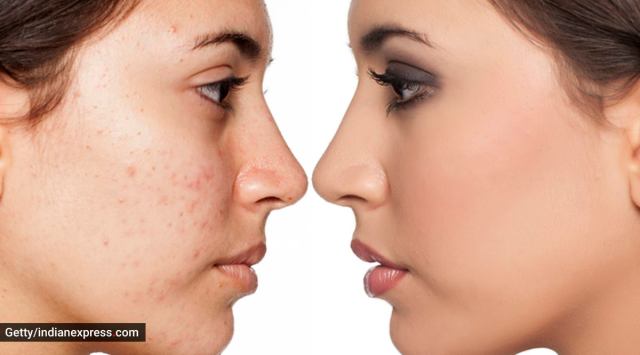
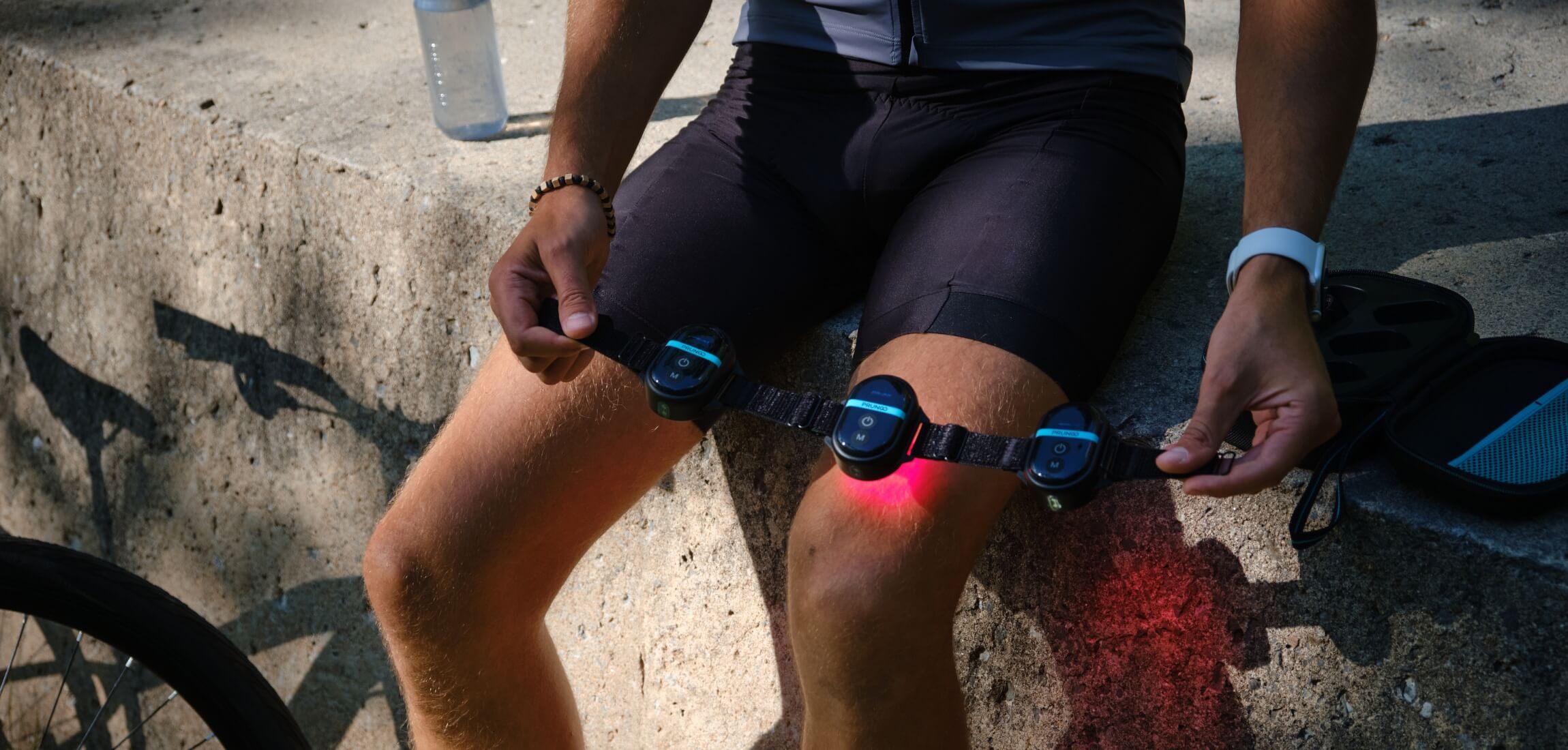
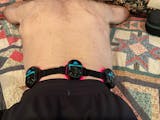
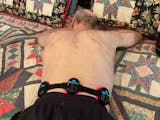









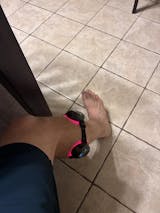
Share:
How Long Should You Do Red Light Therapy
Is Red Light Therapy Safe